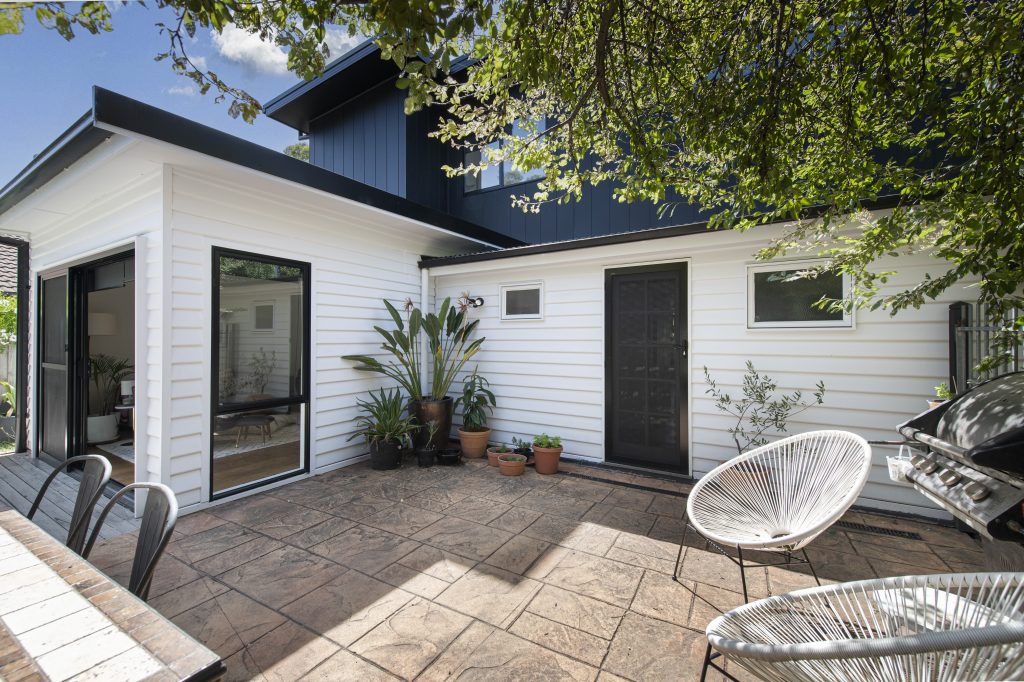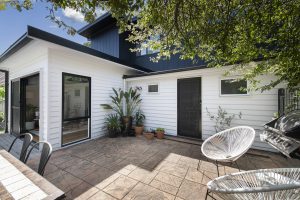In recent years, granny flats have grown exponentially in popularity, not just for housing our loved ones but also as an investment opportunity. As the demand increases, so does the range of available floor plans. This article delves deep into the various types of granny flat floor plans, providing insight into the best layout designs, especially for those with space constraints, and those considering dual occupancy options.
What Are The Different Types of Granny Flat Floor Plans?
The beauty of granny flats is their adaptability. No matter the size or shape of your land, there’s likely a floor plan that’s perfect for you. Here are some of the most popular:
- Single Bedroom Plans: Ideal for single occupants or couples, these floor plans usually incorporate an open plan living space, a kitchen, a bathroom, and a single bedroom. Simple and efficient, they make the most out of a smaller space.
- Two-Bedroom Plans: A more spacious alternative, two-bedroom granny flat floor plans often come with a larger living area. They can comfortably accommodate small families or give extra space for guests.
- Narrow Granny Flat Plans: These are designed especially for long, slim plots of land. Despite the constraints, they can still be spacious and airy if designed correctly, making them a popular choice for urban areas where land can be limited.
- Dual Occupancy House Plans with Granny Flat Attached: Growing in demand, these plans incorporate a granny flat into a larger house design, often serving as extensions to the primary residence. Perfect for families that want to keep their older members close but still maintain some independence.
- Loft or Double Storey Plans: For those with vertical space, a loft or a double-storey granny flat can be a great choice. It divides the living spaces and can create a more private sleeping or office area upstairs.
A Guide On The Correct Granny Flat Layout Designs?
Choosing the right granny flat plans is essential not just for aesthetics, but for functionality. Here are some expert tips to ensure you get it right:
- Evaluate Your Needs: Before diving into the designs, assess what you need from the granny flat. Will it be a guest house, an office, a home for an elderly family member, or perhaps a rental property? Your purpose will influence your design choices.
- Maximise Natural Light: Regardless of the size of the flat, maximising natural light will make any space feel larger and more welcoming. Consider where your windows will be and if skylights are an option.
- Optimise Storage: Especially in smaller spaces, such as in narrow granny flat plans, clever storage solutions can make all the difference. Built-in wardrobes, under-bed storage, and multi-functional furniture can help keep the flat clutter-free.
- Consider Accessibility: If the flat will be for older family members, ensure the design is accessible. This might mean avoiding stairs, having wider doorways, or incorporating walk-in showers.
- Include Outdoor Spaces: If the land allows, a small outdoor space or patio can add significant value and comfort to the granny flat. It offers an area for relaxation and can create a sense of separation from the main house.
- Stay Updated with Regulations: Always make sure your chosen granny flat floor plan adheres to local building regulations. Some areas might have restrictions on size, height, or even the number of rooms.
In conclusion, while granny flats might be secondary dwellings, they need as much thought and planning as a primary residence. With the plethora of options available, from simple single-bedroom designs to intricate dual occupancy house plans with a granny flat attached, there’s a perfect plan for every need. By evaluating your needs, considering the best layout designs, and always keeping the occupants’ comfort in mind, you can ensure your granny flat is not just functional but a place anyone would be proud to call home.
For more information or to chat about your next building project, contact us today!




